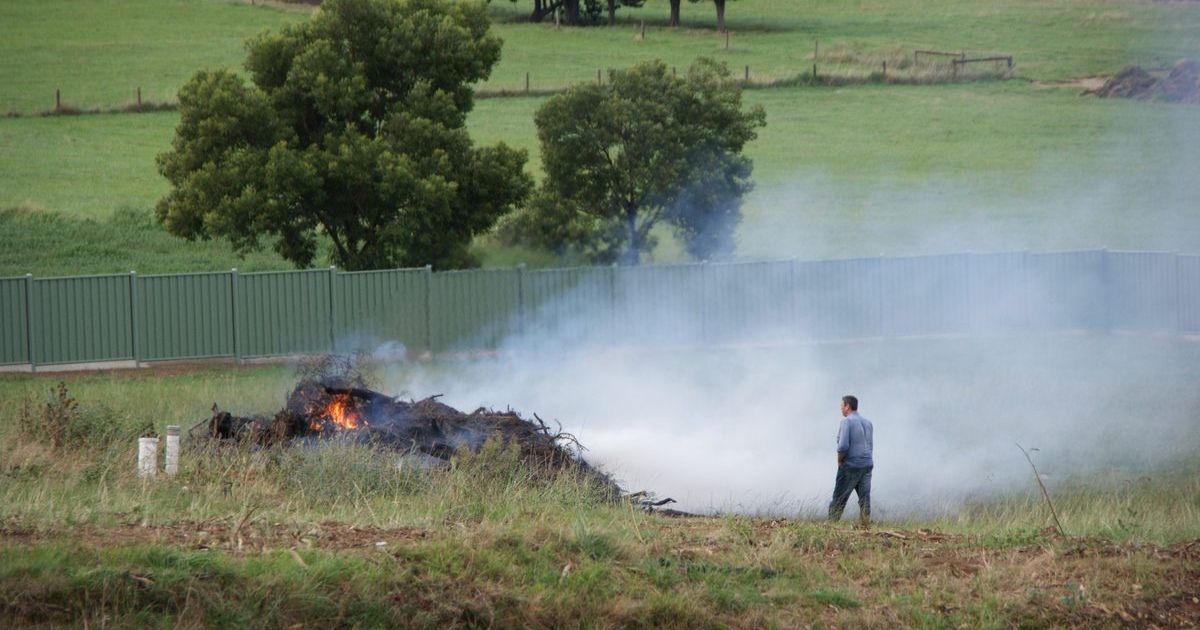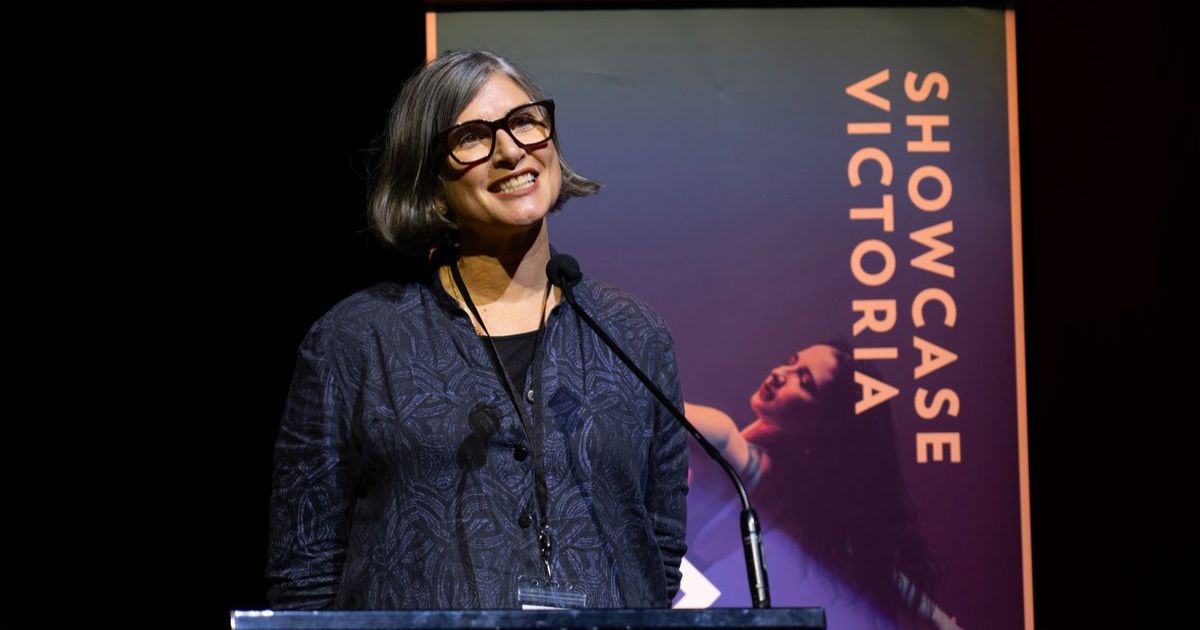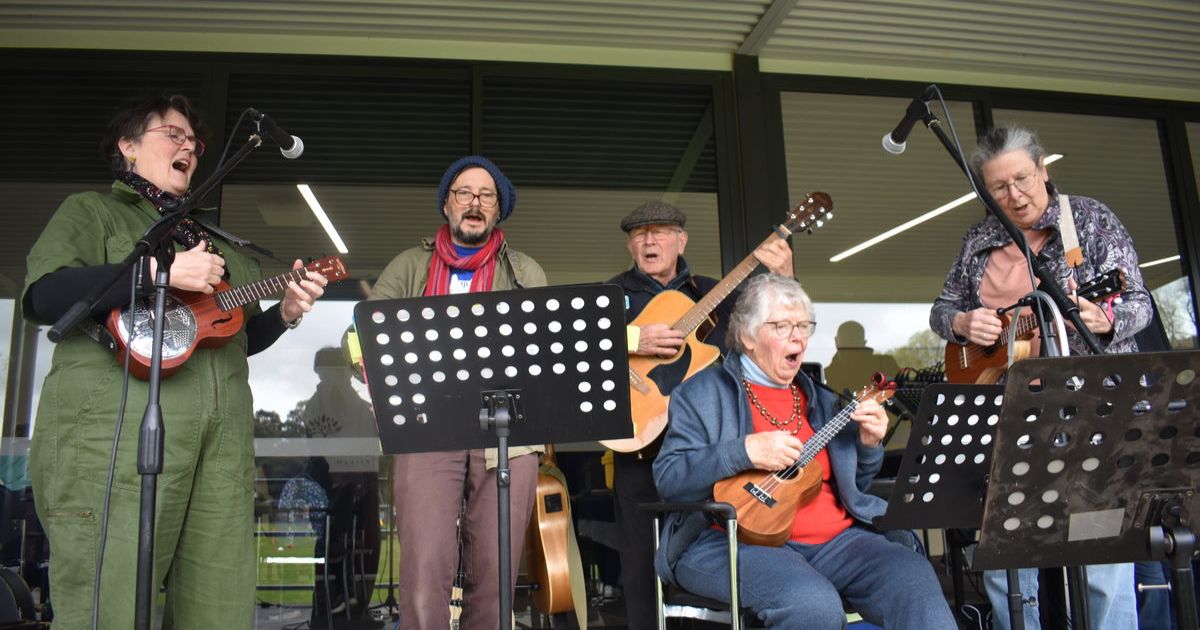Stepping out at the Easter parade

Best foot forward: The 1915 Heathcote Hospital fete procession captured on the corner of Barrack and High Streets. The vacant corner block is now home to the former National Bank building and C Turner's saddlery is the Watering Hole. Photo: HEATHCOTE MCIVOR HISTORICAL SOCIETY
BY 1915 Heathcote’s Easter Hospital Fete had been a semi-regular part the district calendar for more than 40 years.
This was the 22nd event since the first fundraiser in 1872, and ongoing local support was an important part of upgrading hospital facilities and providing care.
The outbreak of war in 1914 had affected the district economically with the immediate and indefinite closure of Costerfield’s antimony mine putting many men out of work.
Although the first contingent of six Heathcote men to the serve overseas had only been farewelled in December, and the carnage of Gallipoli was yet to come, locals were quick to focus on war relief activities.
However they still rallied to the hospital cause, with many adding a patriotic flavour to their contributions.
Festivities began with a grand procession from the Federal Hall, on the corner of High and Jennings Streets, to the showgrounds.
Kilmore Brass Band headed the parade, followed by local senior cadets and then a tableau of Australia, a Nation.
The McIvor Times carried a detailed description of the proceedings.
“Which was arranged on a four-wheeled vehicle attractively and tastefully decorated with greenery, flowers and miniature bunting,” the paper reported.
“Myrtle Flowers, nicely garbed in white and standing in a light archway of green, formed the imposing figure Australia and she was supported by her sister May (scout) and Freda and Maggie Hood (soldier and sailor respectively).”
There were three contestants in the decorated goat cart section.
“G Burridge’s turnout was in charge of Freddy Watkins, who was almost entirely hidden under a canopy of greenery and flowers, while the wheels of his vehicle were decorated with strips of red, white, and blue,” the McIvor Times reported.
“Harry Flowers drove his own conveyance, the wheels of which were also decked with the three royal colours, while on either side of the front was a small Union Jack.
“The colours of Belgium were adopted in the scheme of Jack Flowers, and were utilised in the formation of a hood for his sulky, while bands of the same colours were used upon the wheels.
“Back from Berlin with Kaiser Bill was the wording on a placard attached to a cart drawn by a dog, and an achievement claimed by Reggie Warren and Henry Thompson, whose moustached captive was impersonated by Vernon Hall.
“Jim Chambers, in khaki uniform and with his arm in a sling and a bandage encircling his forehead, accompanied by Willie Dickson in the costume of a nurse, with a red cross badge on his arm, strikingly represented the Red Cross Society.
“Each carrying firearms, which were occasionally discharged, and bearing between them a large Belgian flag were W Shale, jun., and Don Mitchell, who styled themselves Belgian Refugees.
“The last, but not the least conspicuous figure in the procession was Mr G Burridge, who, clothed in tight fitting black apparel from the top of his head to his feet, wearing a complexion of a colour to correspond, and having such characteristic accompaniments as a pair of horns, a tail with jagged end, and a pitchfork, represented His Satanic Majesty.”
Organisers, which included the local Ladies Benevolvent Society, commented on the reduced numbers compared to previous years, but there was still a full program of events including a wood chopping contest, bicycle and foot races, motor car rides, a concert and a ball, as well as stall and raffles.
The fete became an annual event during the first world war, no doubt providing some much-needed distraction from the news coming out of Europe.

While the procession did not appear to still be a feature by 1918, the McIvor Times noted “the programme consists of pedestrian events, goat race, sheep guessing, trotting competitions, stepping chain, tug of war, wood chops, musical chairs, kicking football, boy’s races, quoit matches, etc.”

















